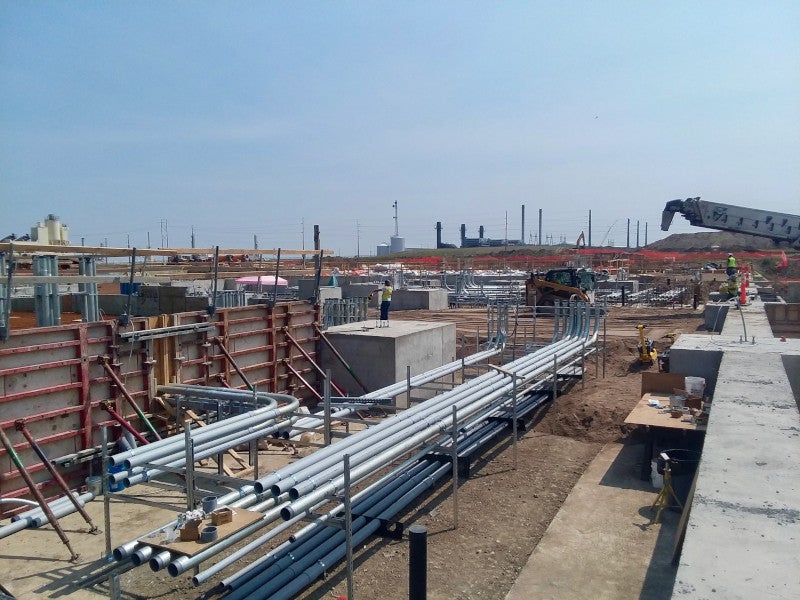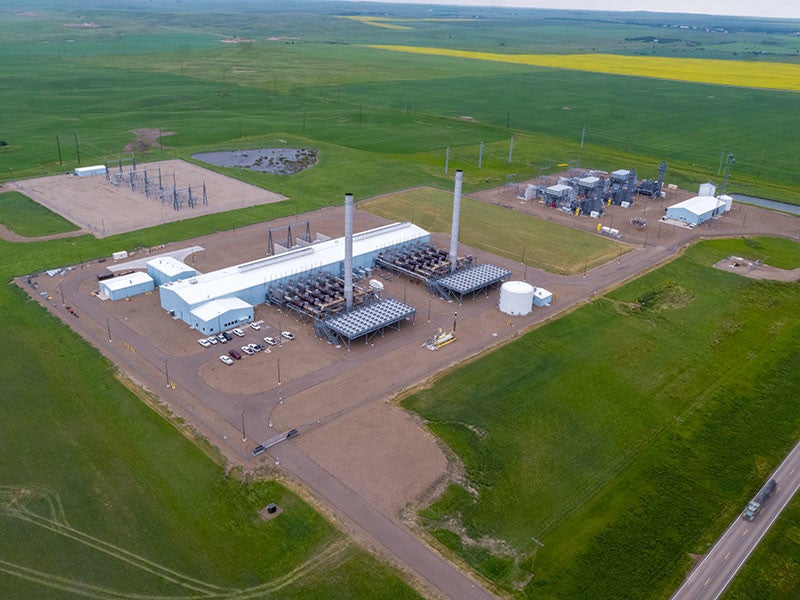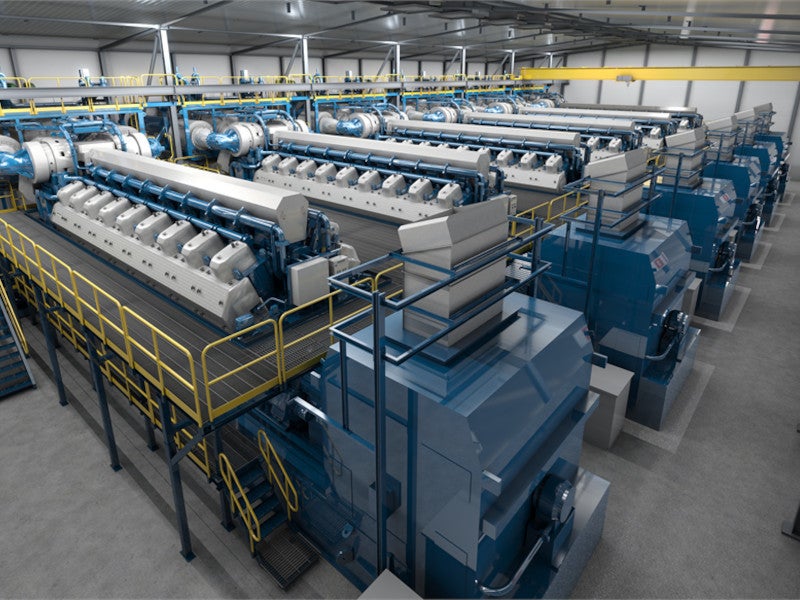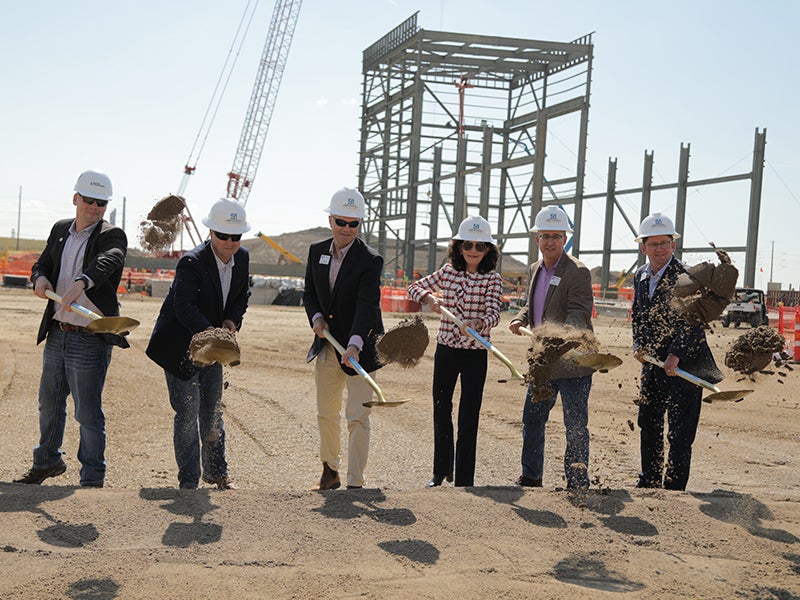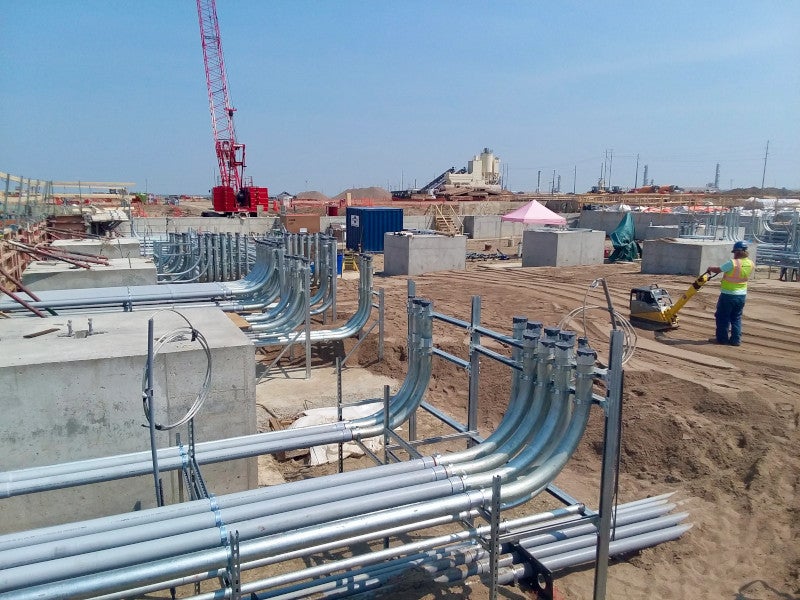The Pioneer Generation Station Phase IV (PGSIV) expansion is a significant addition to the existing natural gas-fuelled generation facility located in North Dakota.
Owned and operated by Basin Electric, the project will add 600MW of capacity to the current facility. Once the expansion is completed, PGS will have a total generation capacity of approximately 800MW.
The North Dakota Department of Environmental Quality issued an air permit for the PGSIV expansion in July 2023. The groundbreaking ceremony for the project took place in September 2023.
Representing an investment of approximately $800m, the expansion is poised to begin its first phase of commercial operations in 2025, with the second phase following in 2026.
The project is critical for meeting the increasing electricity demands of Basin Electric’s member cooperatives by 2025. The new natural gas-fuelled generation units will offer dispatch flexibility, which is crucial for managing load growth and maintaining grid stability.
Location details
The PGSIV expansion project is strategically located near the existing Pioneer Generation Station in Williston, North Dakota, within the Bakken region. It represents the largest single-site generation project undertaken by Basin Electric since the 1980s.
Pioneer Generation Station Phase IV expansion details
The Pioneer Generation Station expansion is divided into two phases, with the first phase contributing 360MW and the second phase adding 250MW to the station’s output.
Phase one of the project will install a Siemens STG6-5000F simple-cycle combustion gas turbine capable of producing up to 250MW and a series of six Wartsila W18V50SG reciprocating internal combustion gas engines, contributing approximately 108MW in total. Additionally, the project includes the construction of a new 15-mile 345kV transmission line.
Phase two of the expansion will introduce another STG6-5000F simple-cycle combustion turbine, expected to generate up to 250MW.
The Pioneer Generation Station Phase IV expansion also includes the construction of a new switchyard and operations and maintenance buildings on site.
Turbine details
The SGT6-5000F gas turbine is recognised for its robust design and capability to produce up to 260MW of power. It boasts a simple cycle efficiency of 40% and is favoured for its quick start-up and shutdown features, achieving full speed from a standing start in just five minutes.
The turbine can handle a load gradient of up to 40MW per minute and is suitable for peak, intermediate, or baseload power generation. It operates efficiently at a 30% part load, maintaining performance across a broad spectrum of ambient conditions within emission limits.
The turbine’s versatility extends to its fuel compatibility, as it can burn a diverse range of fuels such as natural gas, liquified natural gas, syngas, various types of crude oil, biodiesel, alcohols, and kerosene.
The combustion system of the SGT6-5000F can switch swiftly between gas and oil, accommodating different fuel compositions, including high hydrogen sulphide or hydrogen content.
Furthermore, the turbine incorporates a 13-stage axial compressor with an advanced 3D blade design, enhancing part-load efficiency and enabling better transient operations. The design includes three rows of variable guide vanes for optimised performance.
Contractors involved
Burns & McDonnell, an engineering, construction, environmental and consulting solutions provider, was appointed to oversee the engineering, procurement, construction and commissioning of the PGSIV expansion.
Wärtsilä a technology provider for the marine and energy sector, was awarded the contract to supply six 50SG gas engines in January 2023.
Pioneer Generation Station details
The Pioneer Generation Station was constructed to address the burgeoning electricity needs of member cooperatives in north-west North Dakota.
The station’s Unit 1 commenced commercial operations in 2013, followed by Units 2 and 3 in 2014. The facility primarily utilises natural gas from the Dakota Gasification Company, delivered through the Northern Border Pipeline.
The third phase of the station, which began commercial operations in 2017, included the installation of 12 natural gas-based reciprocating engines. Each engine possesses a generating capacity of 9.3MW.

